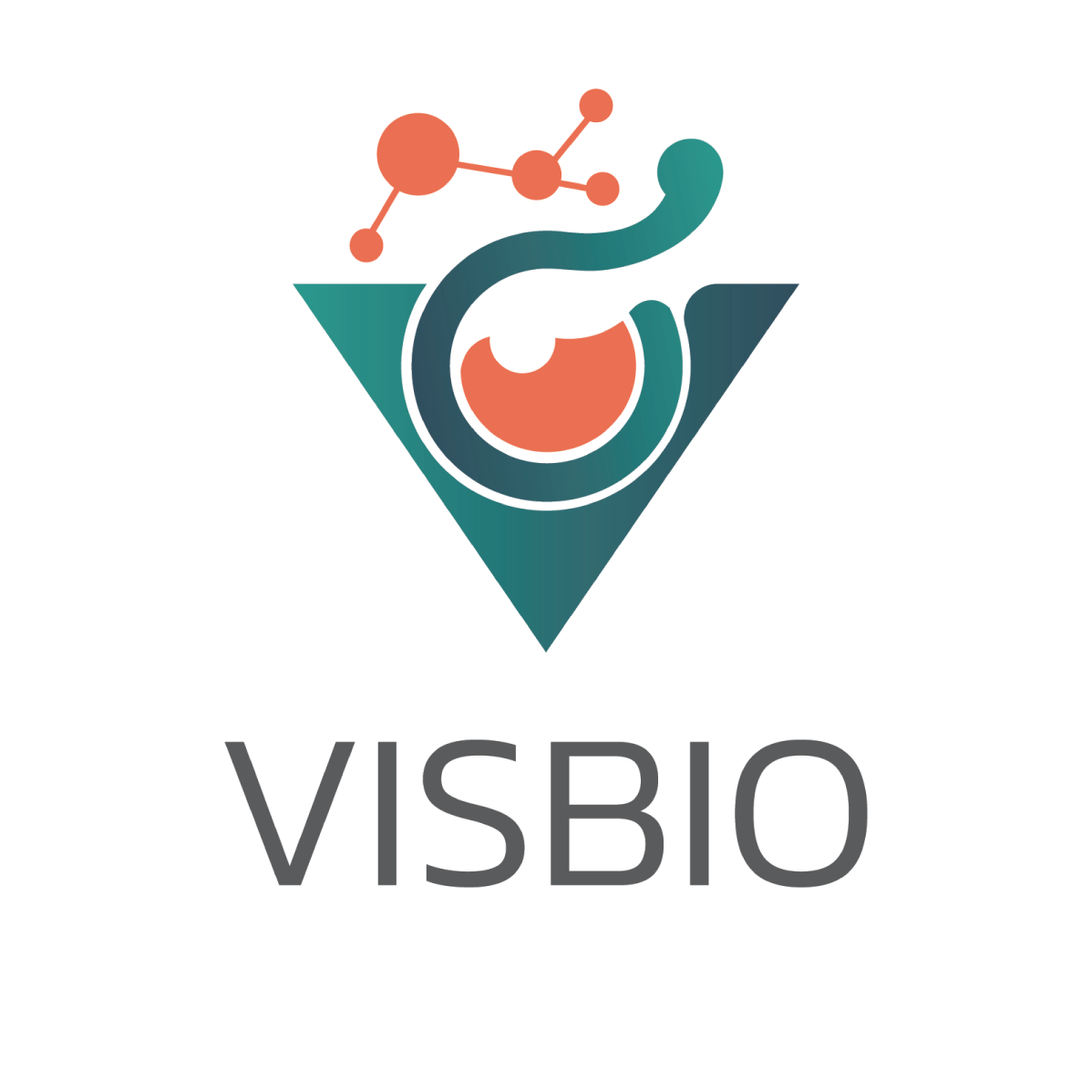The health and beauty industries are undergoing a profound transformation. Modern consumers are moving beyond superficial fixes and demanding ingredients that are not only effective and natural but are also supported by transparent, verifiable science. This has led formulators and researchers to explore new frontiers in peptide-based actives and computational ingredient validation, seeking to understand and harness the body’s own biological systems. This article explores a powerful Peptide Based EGFR Inhibitor that exemplifies this new paradigm.
At the forefront of this movement is the work of research teams, including Associate Professor Dr. Kiattawee Choowongkomon, whose investigation into the EGFR–MIG-6 interaction reveals how computational tools can precisely map bioactivity at the molecular level. The Epidermal Growth Factor Receptor (EGFR) is a critical protein that regulates cell growth and repair. While its function is essential, its over-activity is linked to numerous health issues. By studying how the body naturally regulates this pathway, researchers have created a blueprint for a new generation of sophisticated, bio-inspired ingredients with far-reaching implications across sectors from advanced skincare and anti-aging to the cutting-edge field of nutricosmetics
The Body’s Natural Brake System EGFR and the MIG-6 Protein
EGFR (Epidermal Growth Factor Receptor) is a protein that sits on the surface of cells and acts like a sophisticated antenna. When a growth factor molecule binds to it, EGFR sends a signal into the cell that initiates processes like cell growth, proliferation, and repair. This signaling is not only implicated in the development of cancer but is also absolutely vital for normal, healthy functions like skin regeneration, maintaining a robust barrier function, and efficient wound healing. A perfectly balanced EGFR system is key to healthy tissue. Over-activation of this pathway can lead to the uncontrolled cell proliferation seen in cancer, while under-activation can result in delayed tissue repair and a compromised skin barrier.
To prevent this signaling from going haywire, the human body has its own elegant, built-in regulatory system. A key part of this system is a natural protein called MIG-6. MIG-6 functions as a natural tumor suppressor and a precision “brake” for EGFR activity. Unlike many synthetic inhibitor drugs that work by blocking the enzyme’s active site, MIG-6 binds to a different, allosteric part of the receptor known as the C-lobe of the kinase domain. This unique binding mechanism prevents the over-activation of EGFR without completely shutting down its essential baseline functions. Understanding precisely how MIG-6 works unlocks a powerful pathway to develop natural, non-toxic EGFR modulators.
Decoding the MIG-6 and EGFR Interaction A Computational Approach
To create an active ingredient that mimics the action of MIG-6, the research team used a suite of powerful computational simulations. These in silico techniques, including molecular dynamics (MD) simulations, binding free energy calculations, and computational alanine scanning, were employed to decode exactly how a peptide derived from MIG-6 interacts with EGFR at an atomic level. This approach allows scientists to visualize and quantify molecular interactions with incredible precision before ever synthesizing a physical compound.
- Molecular Dynamics (MD) Simulations: This technique functions like a high-powered molecular microscope, creating a “movie” that shows how the 27-residue peptide derived from MIG-6 moves, flexes, and settles into its binding pocket on the EGFR protein over time. These simulations are crucial for confirming that the interaction is stable and not just a fleeting, random event.
- Binding Free Energy Calculations: Using methods like MM-PBSA, the researchers were able to calculate the energetic favorability of the binding. This provides a quantitative score of how strongly the peptide binds to EGFR, a key predictor of its potential potency as an inhibitor.
- Computational Alanine Scanning: This clever technique allows scientists to identify the most critical amino acid residues—the “hotspots”—in the interaction. The study identified that eight residues from the MIG-6 peptide and six residues from EGFR were critical for forming the stable binding interface.
This detailed peptide–protein interface offers a powerful model for designing new, natural peptide mimics that can regulate biological activity in a highly targeted, low-irritation, and biocompatible manner.
Key Advantages of a Peptide Based EGFR Inhibitor
Traditional skincare actives for depigmentation or anti-aging can sometimes come with drawbacks like irritation or instability. Peptides designed to be bio-inspired, however, offer a new generation of solutions that are highly specific and compatible with the skin’s natural biology. This Peptide Based EGFR Inhibitor, inspired by MIG-6, holds several key advantages over conventional approaches:
- High Specificity: By targeting a very specific binding site on the C-lobe of EGFR, the peptide minimizes off-target effects, leading to a better safety and tolerance profile.
- Biomimetic Action: It mimics the body’s own regulatory mechanism, offering a gentle, modulatory effect rather than a harsh, complete shutdown of a vital cellular pathway.
- Low Irritation Potential: Because it is derived from a natural protein template and is highly specific, the potential for skin irritation is significantly reduced compared to less targeted chemical agents.
- Scientifically Validated: The mechanism is supported by robust computational modeling, providing a clear, transparent, and marketable scientific story.
- Versatile and Customizable: The peptide sequence can be further optimized for enhanced stability, skin penetration, or even modified to target similar receptors, making it a versatile platform for innovation.
Applications of a Peptide Based EGFR Inhibitor in Health and Beauty
While originally studied in the context of cancer, the implications of this peptide research expand far beyond oncology. The ability to computationally design and validate peptides that gently modulate a fundamental cellular pathway like EGFR opens new doors for a wide range of consumer health and beauty applications.
- Advanced Skincare and Cosmeceuticals In anti-aging serums, a gentle EGFR modulator can help normalize epidermal turnover, which can lead to smoother skin texture and a reduction in the appearance of fine lines. For post-treatment skincare (e.g., after peels or laser procedures), EGFR modulation can support a more controlled and organized healing process. For sensitive skin, actives that mimic natural regulatory peptides like MIG-6 offer a calming and balancing effect.
- Nutricosmetics and Functional Supplements The “beauty-from-within” market is predicated on ingredients that support skin health at a cellular level. Orally consumed peptide fragments that can influence cellular repair pathways are highly sought after. Since the EGFR pathway affects not just skin but also the epithelial tissues of the hair follicles and the gut lining, there are broad potential applications for holistic wellness.
- Ingredient Validation and Development Perhaps most powerfully, the methodology used in this research serves as a template for future innovation. Brands can now use molecular docking simulations to pre-screen vast libraries of natural peptides, for example from unique Thai botanicals or marine organisms, for their potential bioactivity before committing to expensive and time-consuming lab trials.
The Future of Biocompatible Beauty Inspired by Nature
As the global wellness market gravitates toward clean-label, science-backed, and precision-formulated products, peptide-based ingredients are set to play a central role. The EGFR–MIG-6 complex, while rooted in cancer biology, exemplifies how nature’s own sophisticated designs can inspire safer, smarter ingredient innovations for the beauty and health industries. This research serves as a launchpad for the next generation of functional ingredients that work with molecular precision. By learning from and mimicking the body’s own regulatory systems, we can create products that are not only effective but are also inherently more compatible with our biology, leading to a new era of biocompatible beauty and wellness.
Partnering with VISBIO to Transform Research into Market-Ready Innovation
At VISBIO, we specialize in transforming deep scientific insight into commercially viable solutions for the health and beauty sectors. Through services like molecular docking, ingredient validation, and peptide mapping, we help your team accelerate development while ensuring the highest level of scientific credibility. Contact us today for a free consultation and explore how VISBIO can help you harness the power of cutting-edge biochemistry to create standout products in skincare, supplements, or functional wellness.

About the Author:
Associate Professor Dr. Kiattawee Choowongkomon is a leading expert in biochemistry and proteomics, specializing in the development of bioactive compounds for therapeutic applications. His research bridges traditional medicinal knowledge with modern scientific innovation, creating impactful health solutions.


